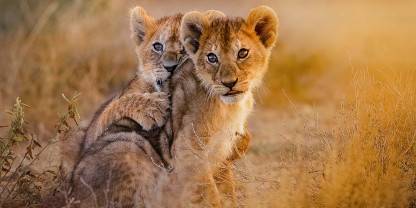There is excellent birding to be had in the Ngorongoro Crater. Even from a great distance, you’ll see flocks of pink flamingos in Lake Magadi. Come closer, and you’ll also spot ducks, herons, storks and waders. The crater’s most noticeable grassland residents include ostrich, kori bustard, grey crowned crane, secretary bird and rosy-throated longclaw. Be careful at the picnic spot: black kites are adept at swooping down to steal people’s lunch out of their hands. The forested crater rim has its own birdlife. Specials include white-eyed slaty flycatcher, Schalow’s turaco and several high-altitude sunbird species. Migratory birds are present from November to April.
Birding Specials Treats for Avid Birders
(E) endemic = only lives in Tanzania(NE) near-endemic = lives in Tanzania and neighboring countries
- African spoonbill
- Augur buzzard
- Capped wheatear
- Eastern double-collared sunbird
- Egyptian vulture
- Fan-tailed widowbird
- Greater flamingo
- Hartlaub’s turaco (NE)
- Hildebrandt’s francolin
- Hildebrandt’s starling
- Jackson’s widowbird (NE)
- Kenya rufous sparrow (NE)
- Kori bustard
- Namaqua dove
- Northern anteater chat
- Red-and-yellow barbet
- Rosy-throated longclaw
- Rufous chatterer
- Rufous-tailed weaver (E)
- Scarlet-chested sunbird
- Schalow’s turaco
- Schalow’s wheatear
- Speke’s weaver
- Verreaux’s eagle
- White-eyed slaty flycatcher
Best Time for Bird Watching
The birdlife in the Ngorongoro Crater is good throughout the year. However, the variety is greatest from November to April when Palearctic and intra-African migrant species are present, and many resident birds are in breeding plumage. The best time to watch wildlife is during the Dry season, which is June to October.

